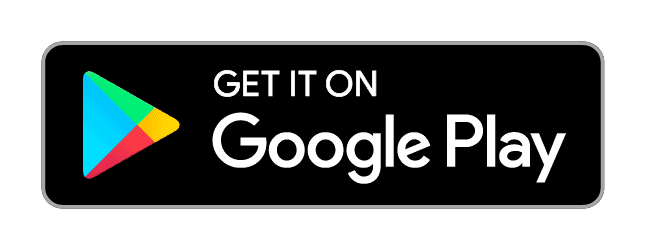Are you a beginner student struggling to tell the time in English? Don’t worry; it’s not as complicated as it may seem. In this blog post, we’ll explain how to tell the time using the most common expressions: o’clock, past, half past, a quarter past, and to.
Firstly, let’s talk about the most straightforward way to tell the time: o’clock. We use the expression o’clock when the time is precisely on the hour (e.g. 12:00, 4:00, or 7:00). For example, if it’s 12:00, you can say, “It’s twelve o’clock.”
Now, let’s move on to the more specific times. We use the expression past when it’s between the hour and half past (e.g. 4:20). So, you could say, “It’s twenty past four.”
When it’s half past the hour (e.g. 7:30), we use the expression half past. So, if it’s 7:30, you could say, “It’s half past seven.”
When it’s between half past and the next hour (e.g. 6:45), we use the expression a quarter to. So, if it’s 6:45, you could say, “It’s a quarter to seven.”
Finally, we use the expression when it’s almost on the hour (e.g. 11:50). So, if it’s 11:50, you could say, “It’s ten to twelve.”
Remember, to tell the time in English; you need to start with the hour (e.g. 12, 4, or 7) followed by the expression (o’clock, past, half past, a quarter to, or to) and the minutes (e.g. 20, 30, 45, or 50).
Telling the time may seem confusing initially, but it will become more natural with practice. So, keep practising until you feel comfortable with it.
In summary, to tell the time in English, you need to know the expressions o’clock, past, half past, a quarter past, and to.
Remember to start with the hour, the expression, and the minutes. Keep practising until you feel confident, and you’ll soon be a pro at telling the time in English!

